lasers
Latest
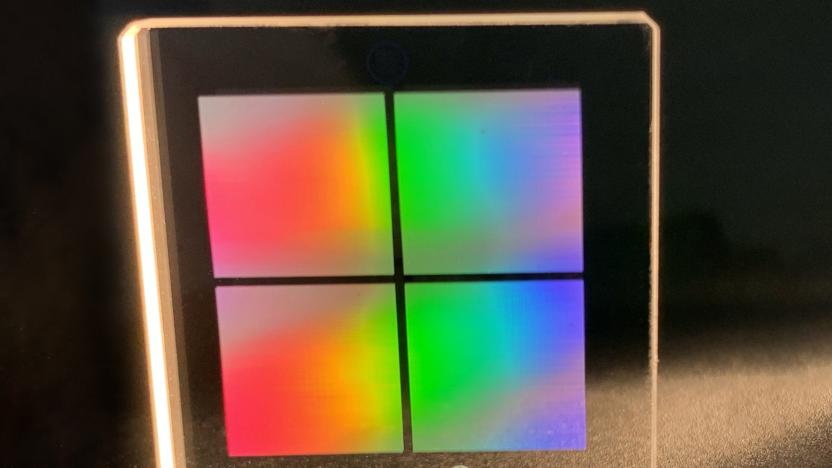
'5D' storage could fit 500TB on a CD-sized glass disc
Using high-speed lasers, researchers have created "5D" data storage technology that could allow 500 TB of data to be written to a CD-sized glass disc.
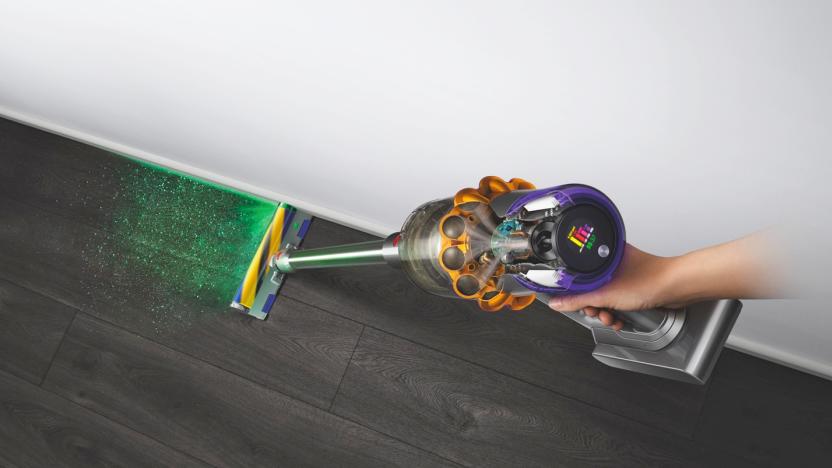
Dyson’s V15 Detect vacuum hunts dust with a laser 'blade'
There's also a bigger stick vacuum for bigger messes and a new Omni-glide model for smaller living spaces.

The UK's high-energy lasers could zap drones and missiles out of the sky
The UK wants to take down enemy drones and missiles with high-energy light beams. The Ministry of Defense (MOD) announced that it's developing laser and radio frequency weapons. Referred to collectively as Direct Energy Weapons (DEW), they're powered by electricity, operate without ammunition and are fueled by a vehicle's engine or a generator.
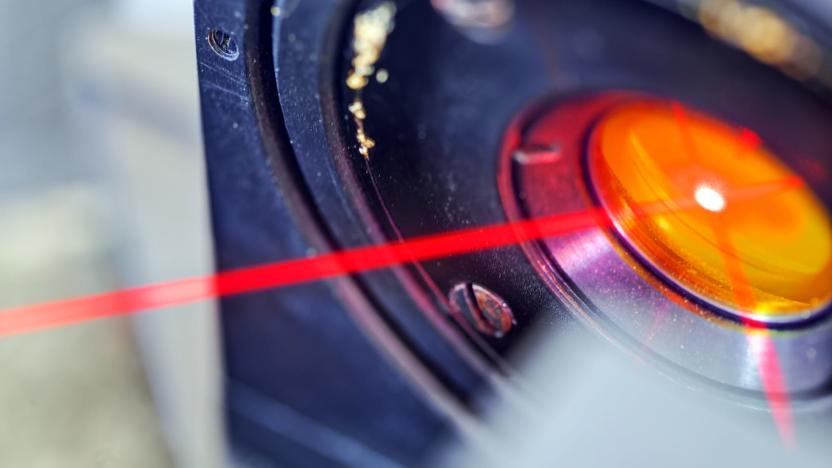
'Whisper' laser tech sends audible messages to specific people
Researchers from MIT have discovered a way to send highly targeted audio signals directly to someone's ear at a distance using laser beams. The system works using the "photoacoustic" effect, where water vapor in the air absorbs light, forming sound waves. The research may pave the way to systems that allow audible messages to be transmitted to spies or other agents, warning them of impending danger like an active shooter.

FDA says unapproved 'designer vagina' treatments are dangerous
Cellulite, thigh gaps, hip dips... women have no end of supposed physical "flaws" to worry about, and in recent times this remit has expanded to include the state of their vaginas, too. The internet is awash with products designed to improve a woman's "intimate health", but now the FDA has found that these treatments and procedures -- which claim to tighten muscles, increase lubrication, boost sexual pleasure or just "neaten things up" -- are not only unapproved, but are causing serious injuries to the women undertaking them.

Researchers create 'true' 3D holograms by trapping particles
SciFi movies like Star Wars and Avatar depict holograms that you can see from any angle, but the reality is a lot less scintillating. So far, the only true color hologram we've seen come from a tiny, complicated display created by a Korean group led by LG, while the rest are just "Pepper's Ghost" style illusions. Now, researchers from Brigham Young University (BYU) have created a true 3D hologram, or "volumetric image," to use the correct term. "We can think about this image like a 3D-printed object," said BYU assistant prof and lead author Daniel Smalley.

Scientists recreate Neptune's diamond rain using powerful lasers
While we've yet to fully explore Neptune and its fellow gas giants, scientists have a lot of theories about them based on the info we know. For instance, they believe that it rains diamonds on those planets -- diamonds that sink into their interior and form a sparkly crust around their solid cores. Since it might take a long time before we can study our gas giants more closely, a team of researchers have decided to take matters into their own hands. They recreated Neptune's conditions at Stanford's SLAC Laboratory and successfully observed the formation of diamond rain, thanks to the help of some very powerful lasers.

The Army is flight testing helicopter-mounted laser weapons
The US military's experiments shooting lasers from vehicles continue with another important milestone: Laser-equipped attack helicopter fired at targets for the first time. The US Army keeps getting better at nailing UAV targets with ground-based truck lasers, but it's harder to fire accurately from helicopters. Not only does their position fluctuate with airborne conditions, but their whole frame vibrates as their rotors spin fast enough to keep the whole vehicle aloft. Hitting a target almost a mile away from the air, as the Army just accomplished in a New Mexico tests series, is a big deal.

GE is working on a massive 3D printer for jet engine parts
3D printing is coming of age in numerous ways. On a large scale, MIT researchers built a 50-foot-wide, 12-foot tall igloo in just 13 hours. They've also debuted the first completely 3D-printed rocket engine. On a much smaller level, our own Sean Buckley printed a little d-pad for his Nintendo Switch, while medical researchers have produced a 3D-printed patch that can heal scarred heart tissue. Now we're seeing this technology coming to the industrial world with a new laser-powered metal 3D printer from GE.

Researchers will attempt to ‘reanimate’ a corpse with stem cells
Brain death may no longer be a life sentence if one Philadelphia-based biomedical startup has its way. The company, Bioquark, plans to initiate a study later this year to see if a combination of stem cell and protein blend injections, electrical nerve stimulation, and laser therapy can reverse the effects of recent brain death. They're literally trying to bring people back from the dead.

Prostate cancer laser treatment cures half of trial subjects
A new prostate cancer treatment that combines lasers and deep-sea bacteria could be "truly transformative," according to a team of researchers. A trial conducted with 415 men across Europe finished with nearly half completely free of cancer compared to 13.5 percent in a control group To top it off, unlike with current, aggressive therapies that can cause impotence and urinary problems, most of the subjects were free of side effects after two years.
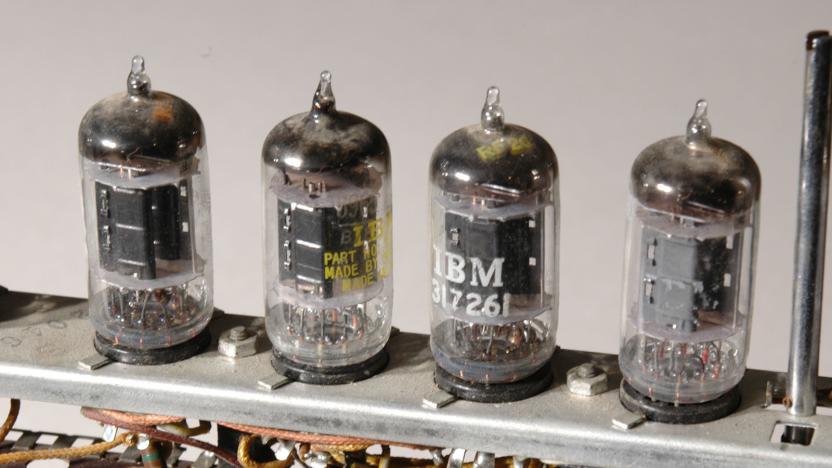
Scientists built a chip without semiconductors
Remember those old-timey room-sized vacuum-tube-powered computers with less processing power than your smartphone? That tech might be making a comeback, thanks to work from scientists from UC San Diego. They've built the first semiconductor-free, laser-controlled microelectronics device that uses free electrons, much as vacuum tubes do. The research could result in better solar panels and faster microelectronic devices that can carry more power.

ICYMI: NASA is going to colonize a space rock
try{document.getElementById("aol-cms-player-1").style.display="none";}catch(e){} Today on In Case You Missed It: Nasa launched the OSIRIS-Rex craft this week to begin its long and lonely mission to visit the Bennu asteroid. It'll return to Earth in seven years full of space rocks and hopefully nothing else. Meanwhile, Harvard Medical School has devised a way to see how bacteria evolves to become resistant to antibiotics.

ICYMI: Sea power could take wind power's bragging rights
try{document.getElementById("aol-cms-player-1").style.display="none";}catch(e){}Today on In Case You Missed It: Nova Innovation is installing the world's first tidal power generators along the coast of Scotland, which are able to produce 100 kilowatts of power each. The UK Carbon Trust estimates the tidal energy market will be worth $165 Billion by 2050. The P-Laser that strips rust in an instant is here, and if you're as into amazing dogs as we are, you must see the nicknozzy YouTube channel. As always, please share any interesting tech or science videos you find by using the #ICYMI hashtag on Twitter for @mskerryd.

ESA plans to study the wind by shooting lasers from space
The European Space Agency plans to send two potent Aladin lasers into space next year, both aimed at studying the wind. It's part of the ESA's Living Planet program aimed at better understanding hugely influential natural phenomena, like magnetism and wind. This time, it's concerned with the latter.

ICYMI: Google's so much closer to delivery by drone
try{document.getElementById("aol-cms-player-1").style.display="none";}catch(e){}Today on In Case You Missed It: Google's Project Wing is about to take off now that the US Government signed off on the company testing drone delivery within the country; perfect timing for Google's commercial launch of the service sometime in 2017. Physicists from the University of New Mexico created a laser that can cool a crystal down to negative 296 degrees Fahrenheit, which could be useful for infrared detectors on satellites or to detect skin cancer. In case you didn't see Instagram's video launching its new story function, you should see it just to sound informed when your friends talk about whether the company blatantly stole from Snapchat. Then wash that all down with YouTuber Eric Mouellic's video showing how close he came to a huge fin whale. As always, please share any interesting tech or science videos you find by using the #ICYMI hashtag on Twitter for @mskerryd.
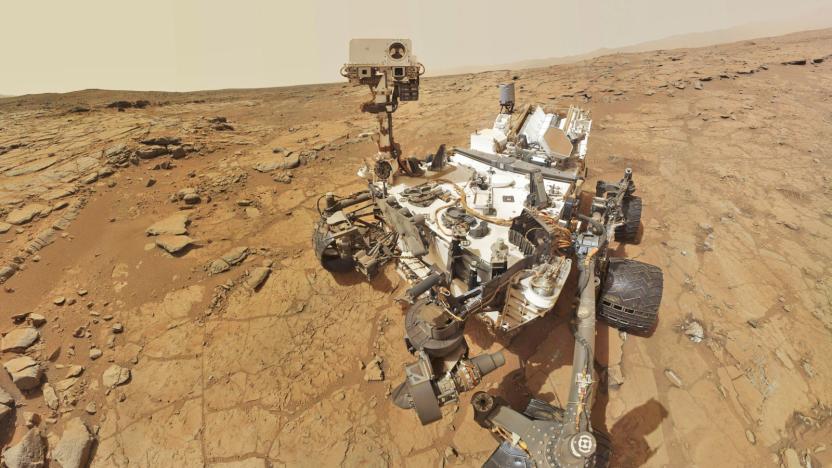
Curiosity rover can shoot lasers at any rock it wants
Is there anything cooler than sending a robot to Mars to shoot rocks with lasers? Probably not -- which is why NASA is giving the Curiosity rover the ability to shoot even more rocks with lasers. Okay, technically NASA is giving the Martian rover the ability to choose targets for ChemCam analysis. This is a process that uses a laser and telescopic camera to sort out the chemical composition of Martian rocks. Typically, NASA chooses the targets manually, but a new update will allow the rover to collect data autonomously.

ICYMI: Brightest X-ray laser, 3D printing cartilage and more
#fivemin-widget-blogsmith-image-741239{display:none;} .cke_show_borders #fivemin-widget-blogsmith-image-741239, #postcontentcontainer #fivemin-widget-blogsmith-image-741239{width:570px;display:block;} try{document.getElementById("fivemin-widget-blogsmith-image-741239").style.display="none";}catch(e){}Today on In Case You Missed It: Stanford's National Accelerator Laboratory is upgrading a laser beam to make it the brightest X-ray laser in the world, enabling all sorts of as-yet unseen science. Popular Chinese phone maker Xiaomi makes a ceramic-backed phone that appears to be near indestructible. And medical researchers are using patient-derived, stem-cell cartilage to repair joints by 3D-drawing them when doing surgery, rather than harvest existing cartilage from elsewhere on the body. We'd also like to share this video of the cutest little BB-8 cosplay artist. As always, please share any great tech or science videos you find by using the #ICYMI hashtag on Twitter for @mskerryd.

Scientists use lasers to sniff out E. coli on food
Scientists have developed a better sniff test for that plate of leftovers that's been hanging out in your fridge. Researchers from the Korea Advanced Institutes of Science and Technology are using lasers (the jury is out on whether they're of the "friggin'" variety or not) to determine just how much bacteria is crawling all over your stored food. MIT Technology Review says that by shooting a red, coherent laser at chicken breast coated with E. coli and Bacillus cereus, the Korean scientists were able to detect changes in laser refractions, indicating the bacteria's presence.

UK pilot union wants laser pens classified as offensive weapons
Following an incident on Sunday in which a New York-bound Virgin Atlantic flight out of Heathrow had to be diverted when the first officer was blinded by a laser beam, the British Airline Pilots Association has called for the devices to be reclassified as offensive weapons. "This is not an isolated incident," British Airline Pilots Association's general secretary Jim McAuslan told BBC News. "Aircraft are attacked with lasers at an alarming rate and with lasers with ever-increasing strength."











